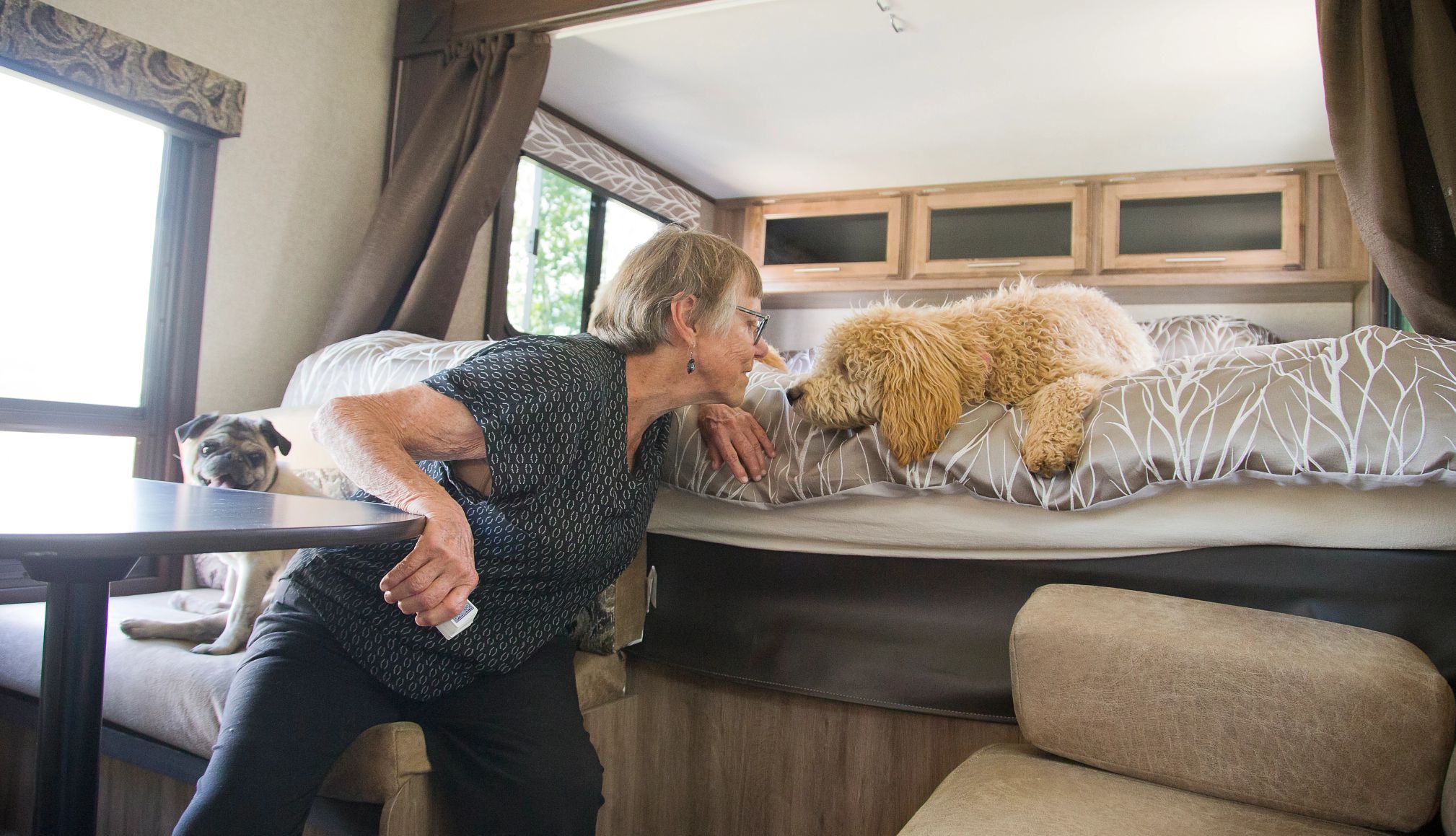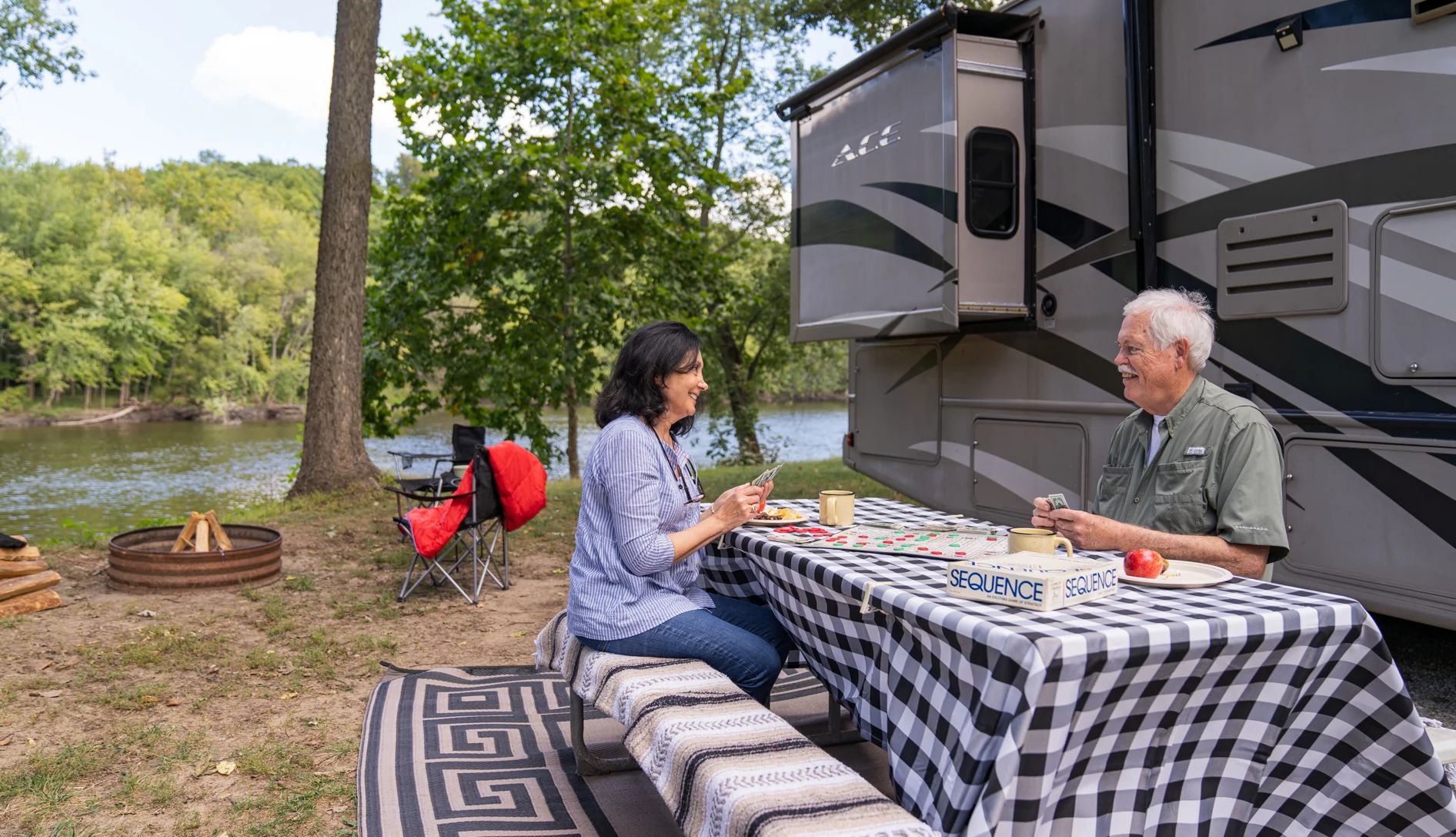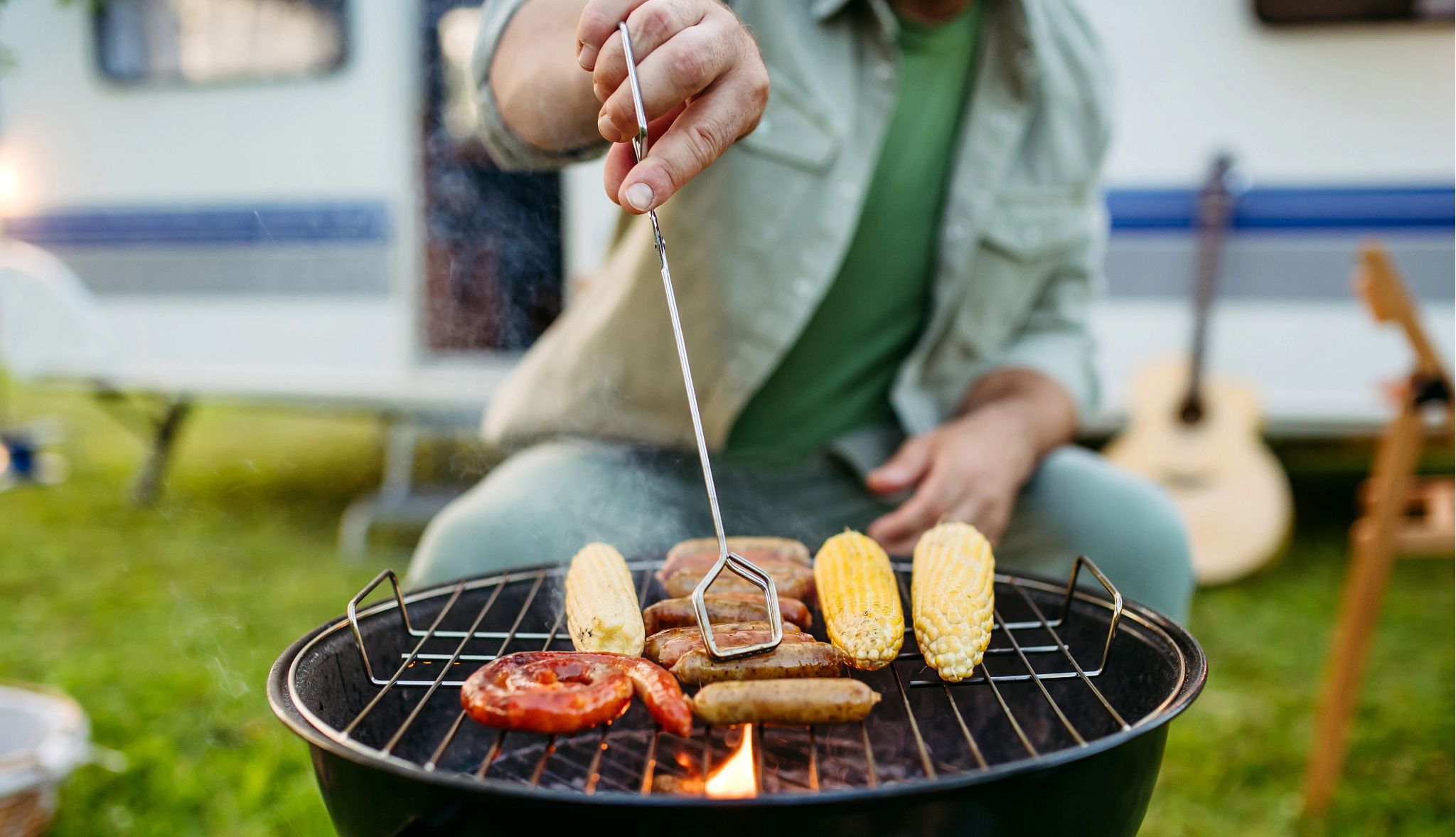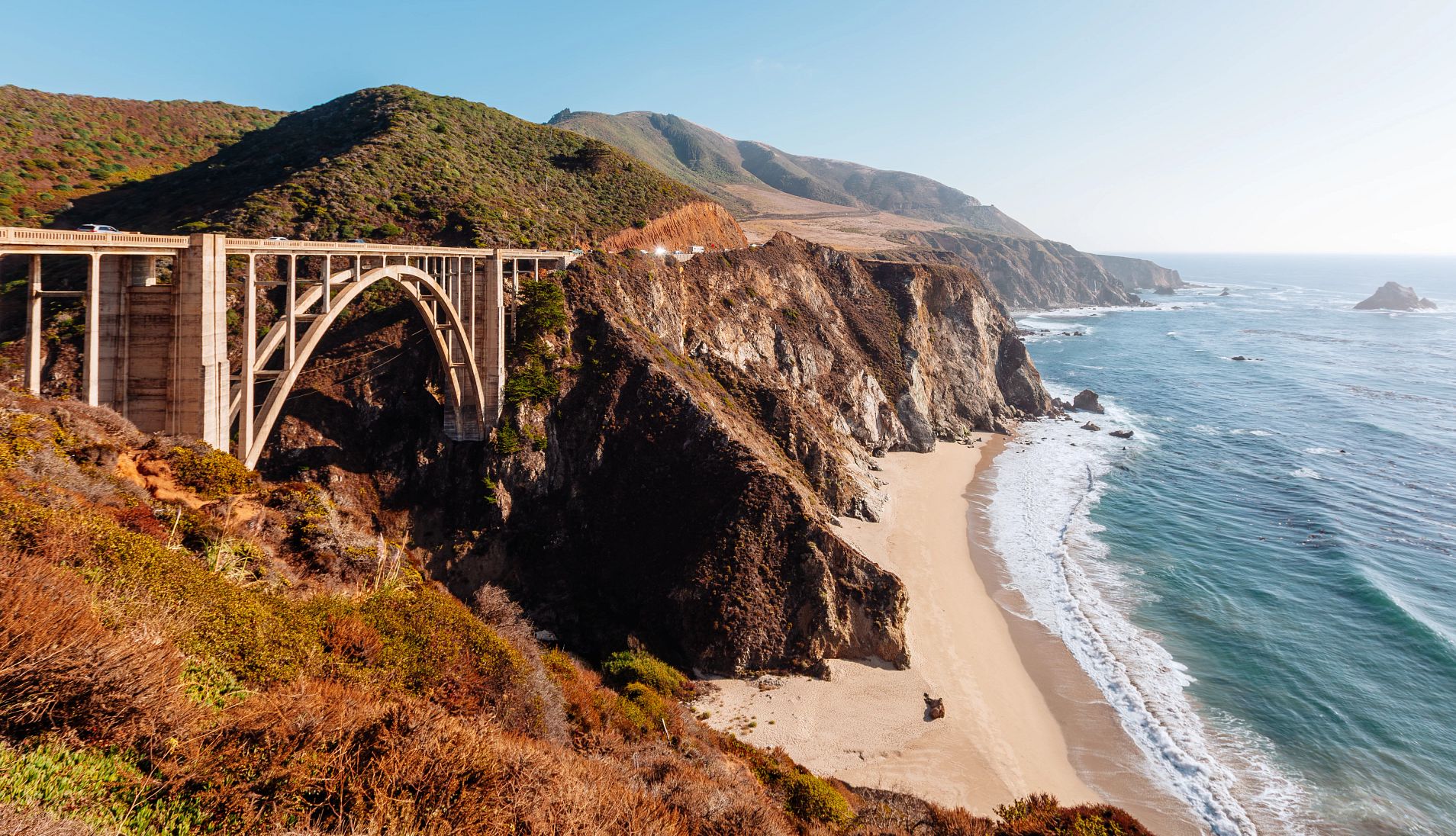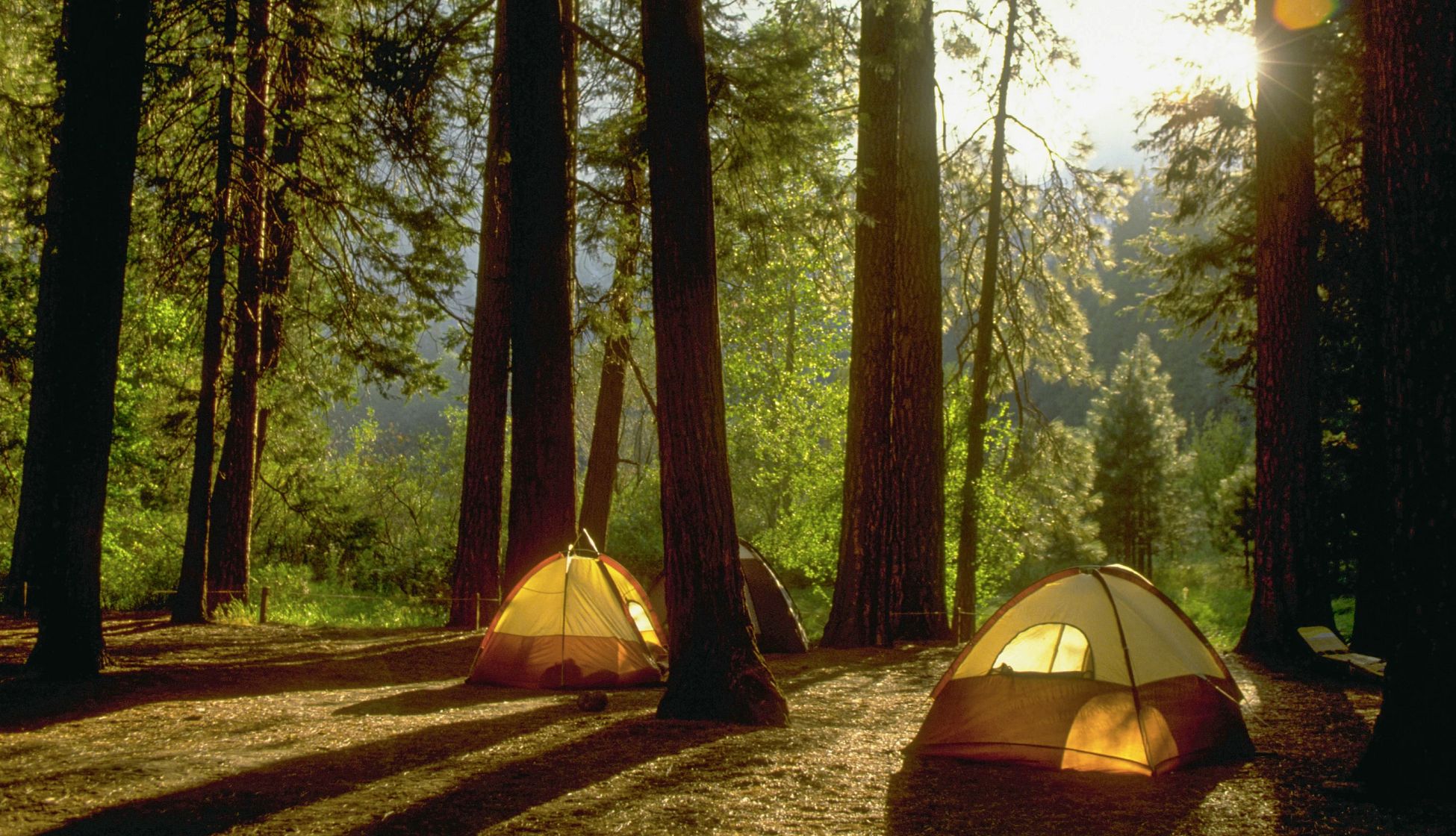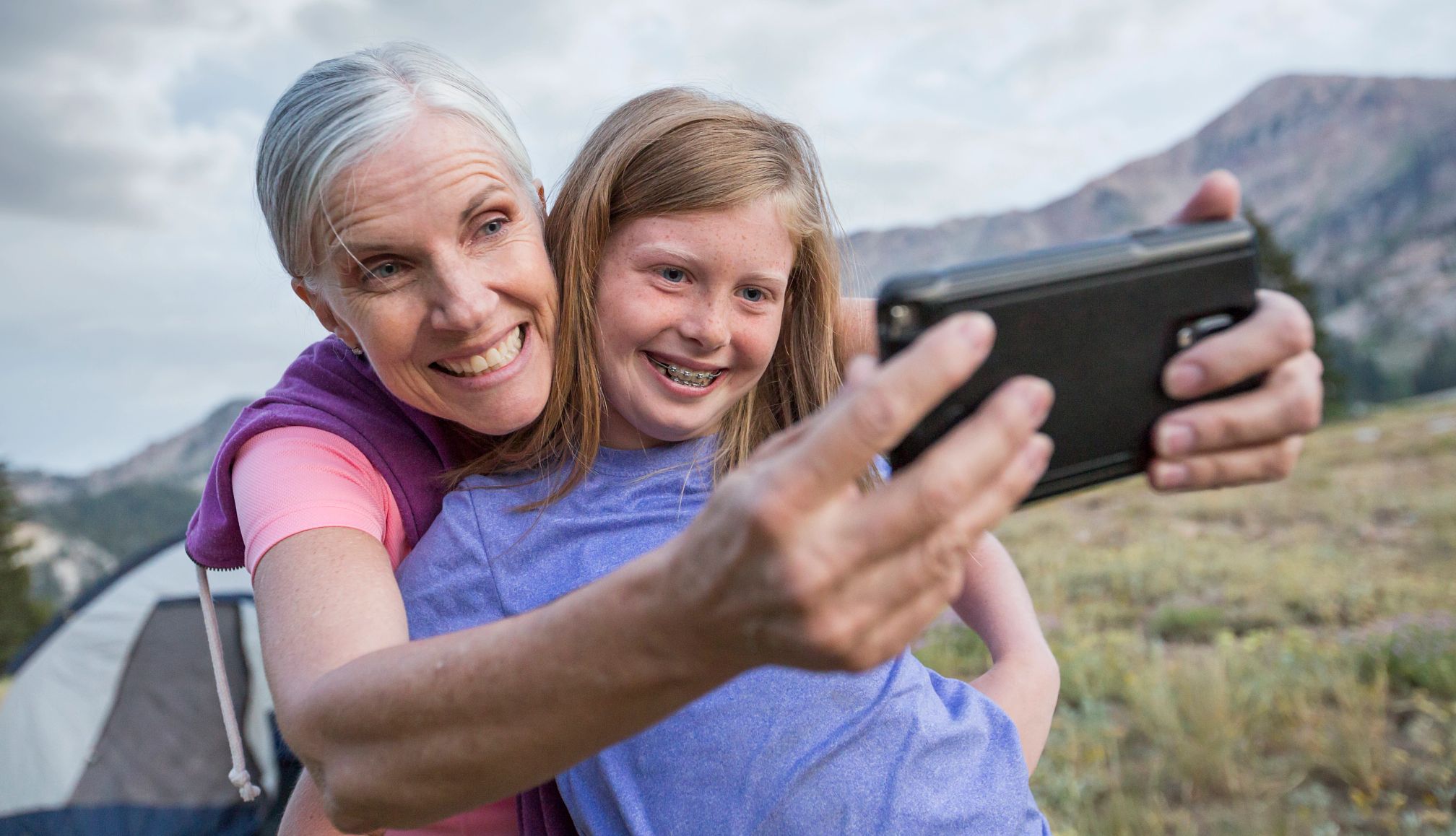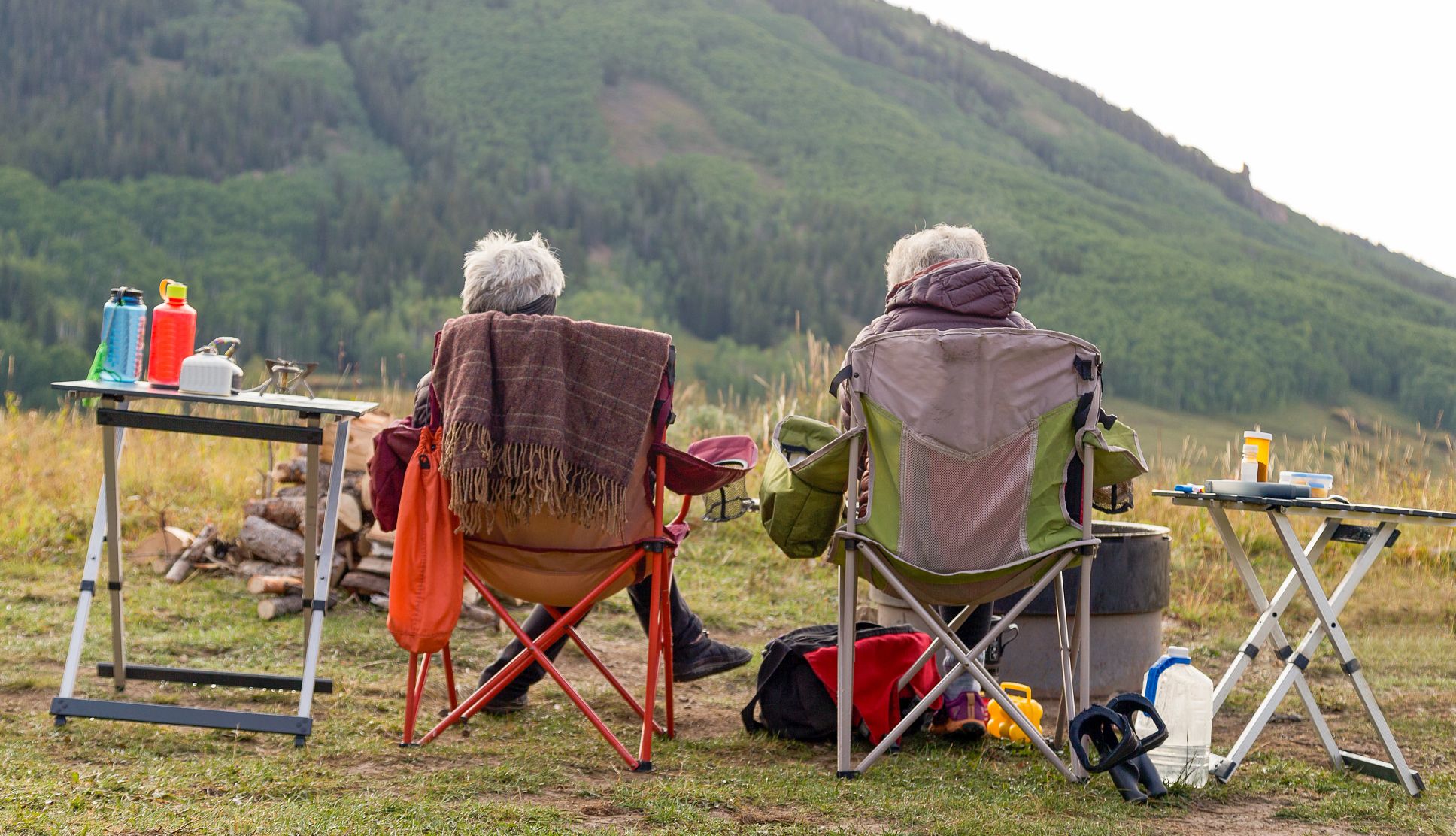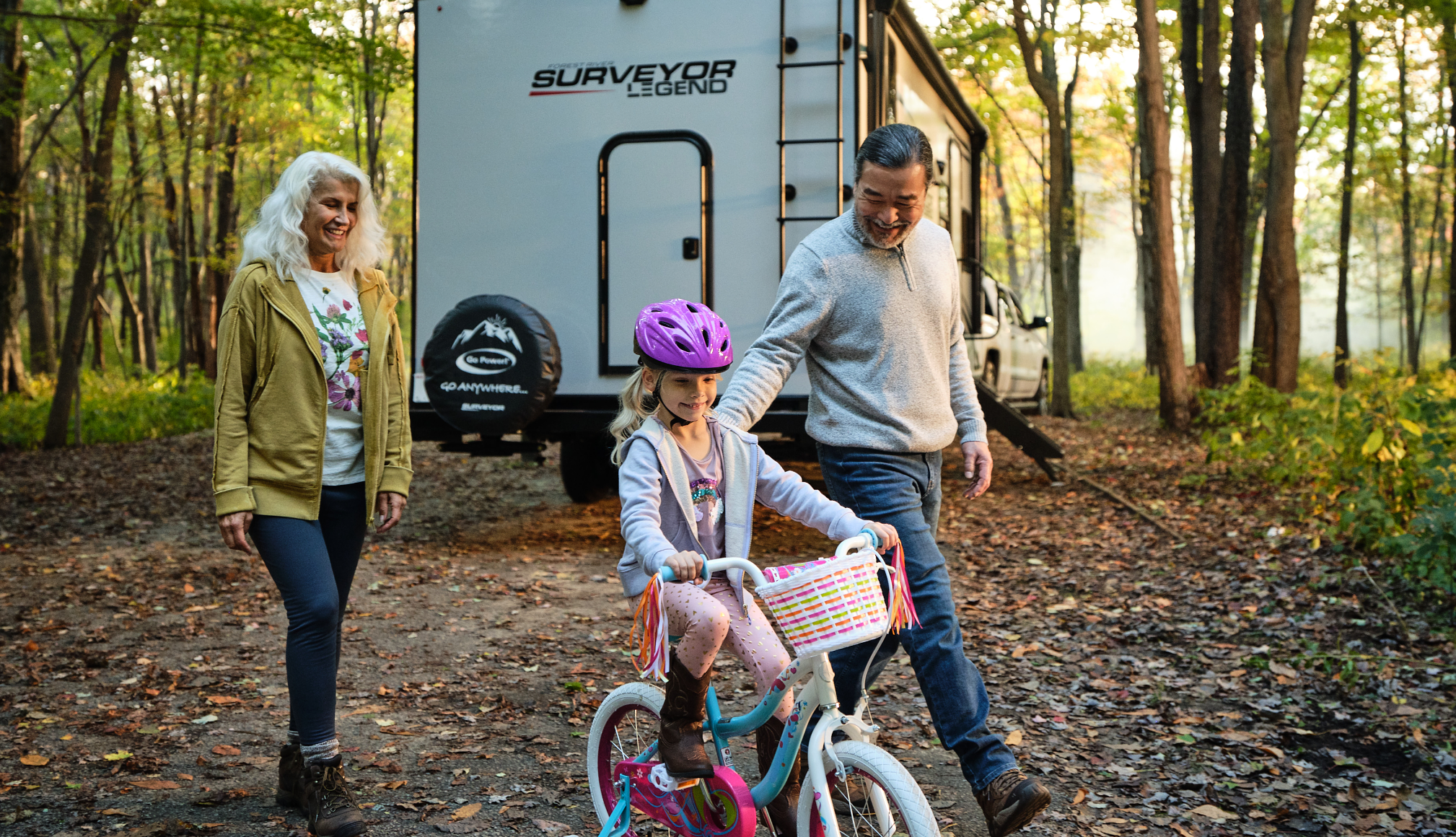AARP Hearing Center
Albuquerque, New Mexico, couple Debbie and Max Kush had never considered RVing until a group of friends invited them on a camping trip in fall 2022. As a retired military officer, Max, 72, could rent an RV for the trip from the Kirtland Air Force Base for under $200.
The available units were well-maintained, he says, but they showed some wear. Debbie noticed bloodstains on the couch, for instance, probably from hunters who often rent the travel trailers. And the bed was little more than a thin mattress on plywood.
“It was a bit used, to put it mildly,” says Debbie, 67, of their Forest River R-POD, a travel trailer model known for its compact, lightweight design. “But my husband was hooked. So, two months later, we sold our Cadillac Escalade and bought a Class C RV.”
Twenty-nine percent of boomers and 67 percent of Gen Xers plan to road trip or vacation in an RV in 2025, according to RVshare’s 2025 travel trend report. RVshare, considered the largest RV rental site in the United States with more than 100,000 listings, also finds that nearly two-thirds of travelers would consider renting an RV for a future trip – a particularly relevant benefit amid today’s economic uncertainties.
In fact, 44 percent of U.S. travelers are opting for destinations closer to home because of rising costs, according to U.S. travel statistics for 2025 from SavvyNomad, a U.S. business that offers legal and logistical support to Americans living abroad. The most popular mode of travel? Road trips.
“When budgets are tight, people sometimes assume travel is off the table,” says Carolin Fuller, director of consumer marketing at Campspot, an online reservation platform for booking private campgrounds in North America. But modern camping and RV options offer affordable solutions.
“With average rates at $60 per night this summer, it’s possible to stay somewhere beautiful and come home feeling like you actually unplugged, reset and got away without breaking the bank,” Fuller says.
Renting an RV is also ideal because travelers can test out which models fit their travel style.
“There is an RV for every type of buyer,” says Roger Dunbar, chief marketing officer for RV Trader, an online classifieds site for buying and selling new and used recreational vehicles. “[Renting is] a low-risk way to learn what you like before making a purchase.”
































































